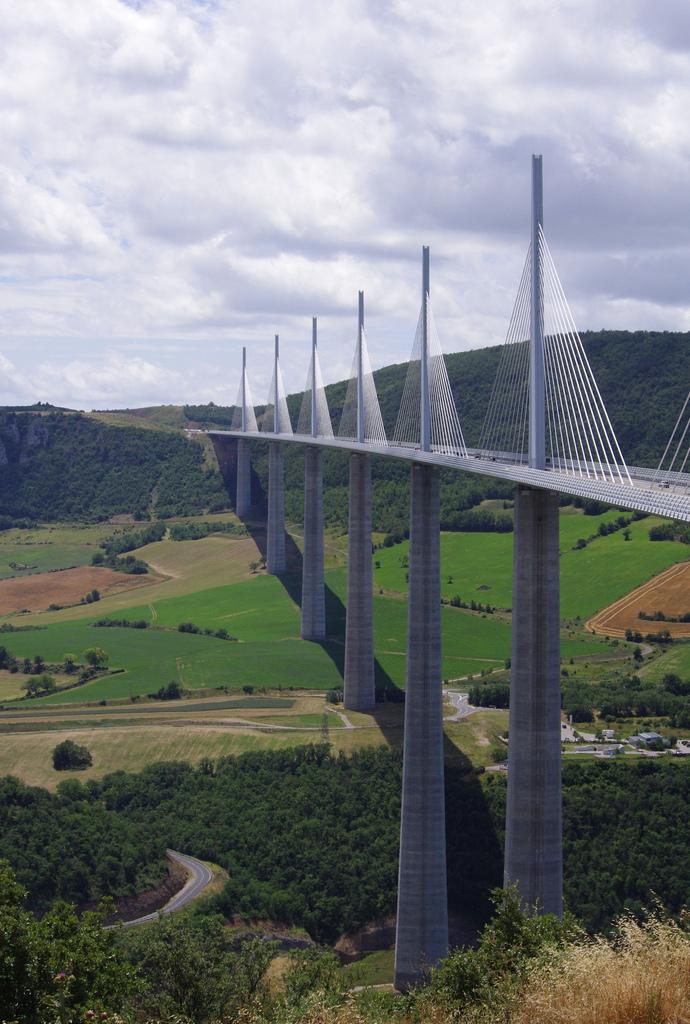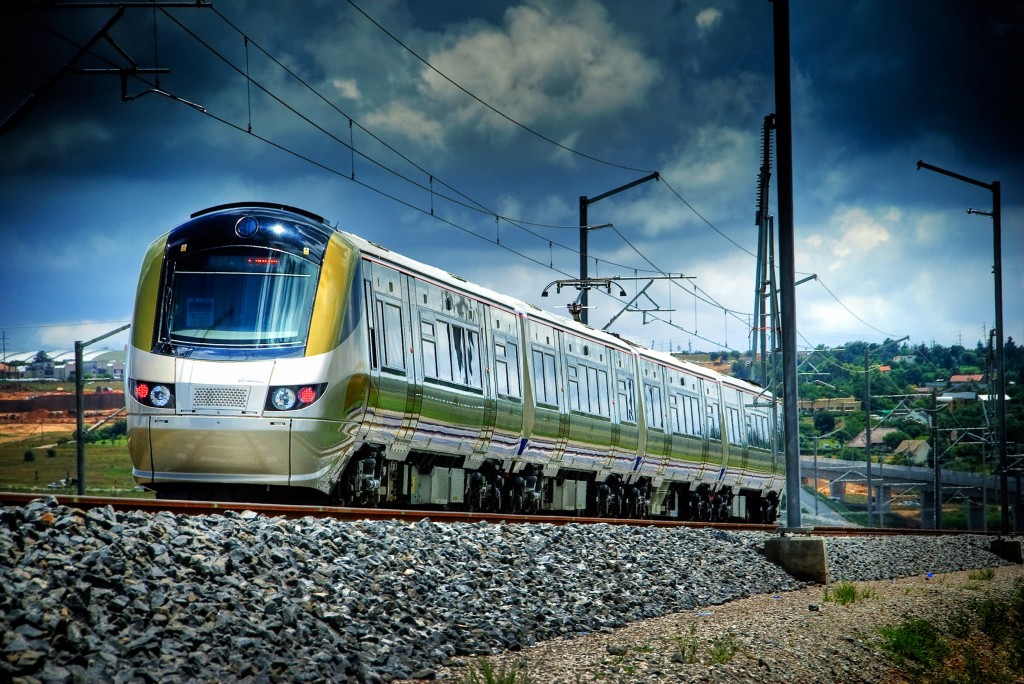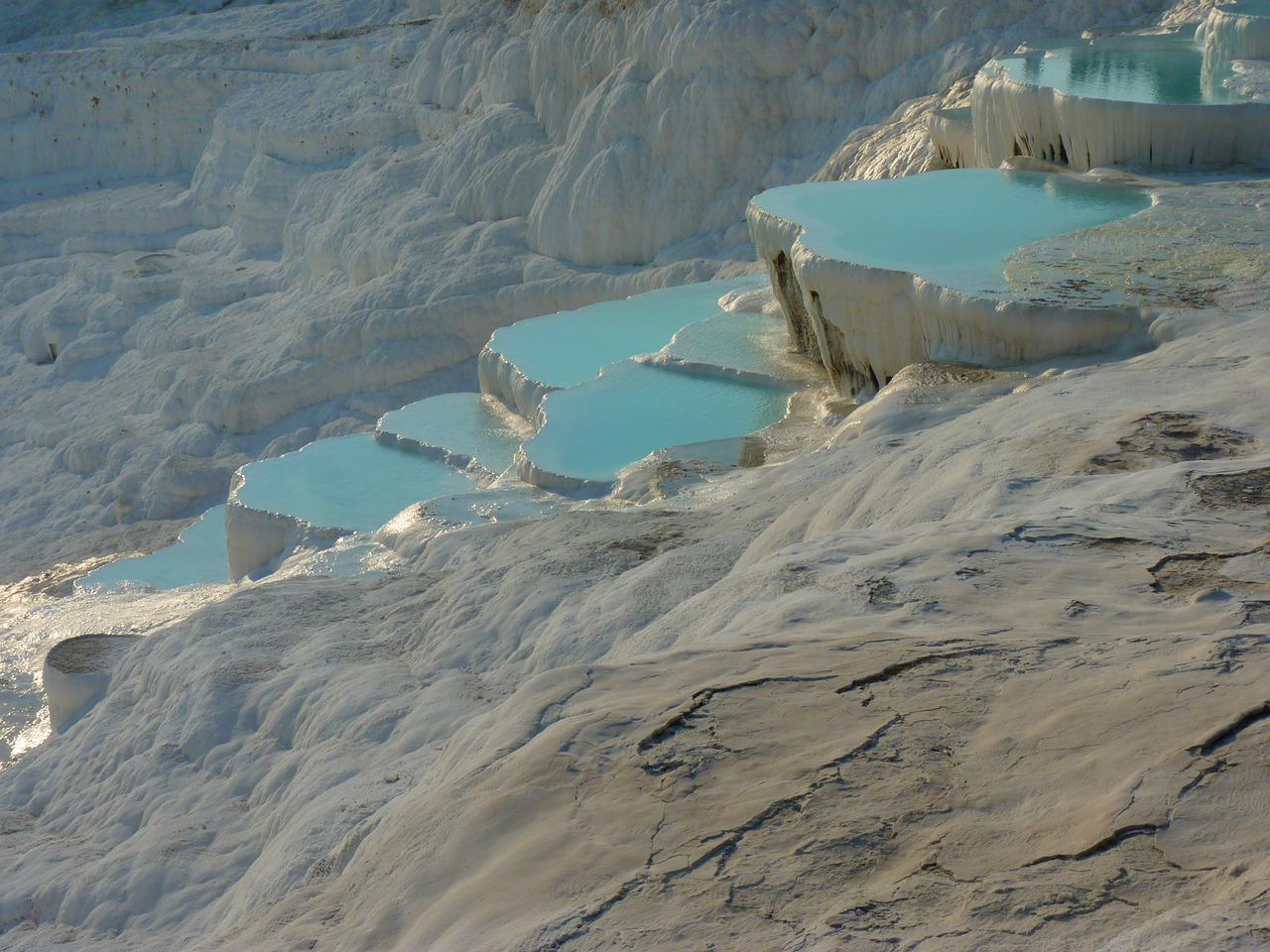The world’s longest cable-stayed bridge was built in Greece between 1998 and 2004 to augment one of the oldest ferry systems in Europe. It has a suspended deck of 7,388 feet (2252 m), four pylons and five spans totaling 1,837 feet (560 m). It is located at the western end of the Gulf of Corinth in Grease and connects Peloponnese to the Greek mainland.
Design & Specifications
The bridge’s pylons are made of reinforced concrete and stand from 82 feet (25 m) to 147 feet (45 m) above sea level. The pylon heads reach a total of 524 feet (160 m) above sea level. Due to the high incidence of earthquakes in the area the seafloor below the pylons was reinforced with 200 hollow steel pipes for each pier driven into the seabed and topped with gravel. The bridge was designed to handle earthquakes as strong as 7.4 on the Richter scale as well as the impact of a 180,000 ton tanker sailing at 18 knots and high winds.
The suspended deck acts as a pendulum during an adverse event and damping devices connect the deck to the top of each pier to limit its pendulum movement. The deck contains two traffic lanes plus safety and pedestrian walkways in both directions and is 89 feet (27.2 m) wide
Lead Contractors
The five-span suspended deck was constructed using a cantilever technique and consists of 39 feet (12 m) sections each weighing about 330 tons. The lead contractor called Gefyra SA, was a consortium of French-based VINCI and several Greek companies. VINCI assisted in the design and construction engineering of the bridge.
Following is a video showing the Rio-Antirrio Bridge.





